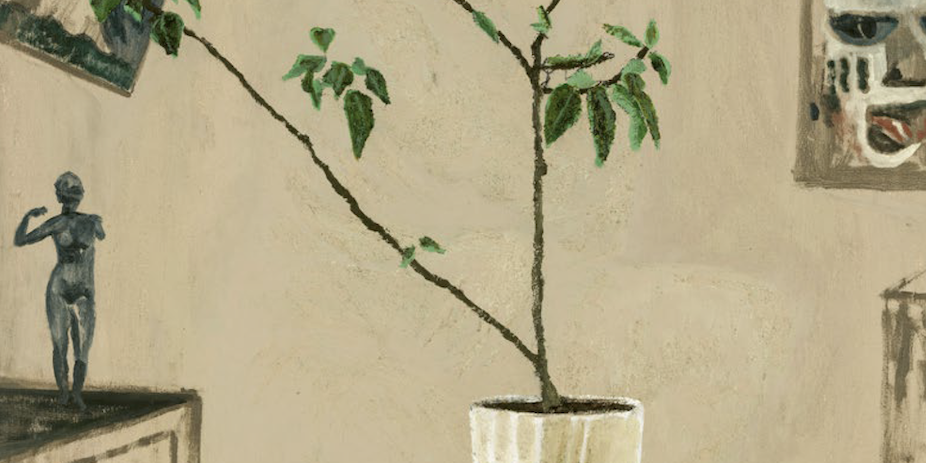Net Loss
The first four nodes of ARPANET—the Department of Defense’s primeval internet—were connected in 1969, the very year that Theodor W. Adorno died. In retrospect, it seems a cruel coincidence; it is difficult to imagine a cultural technology more deserving of Adorno’s truculent analysis than the internet, or to locate a comparable living thinker able to explain why a worldwide network that was supposed to unite everyone and improve everything tremors with feelings of disconnection and debasement.
The beginning of Justin E. H. Smith’s new book reads as if it might deliver this lost critique, given












